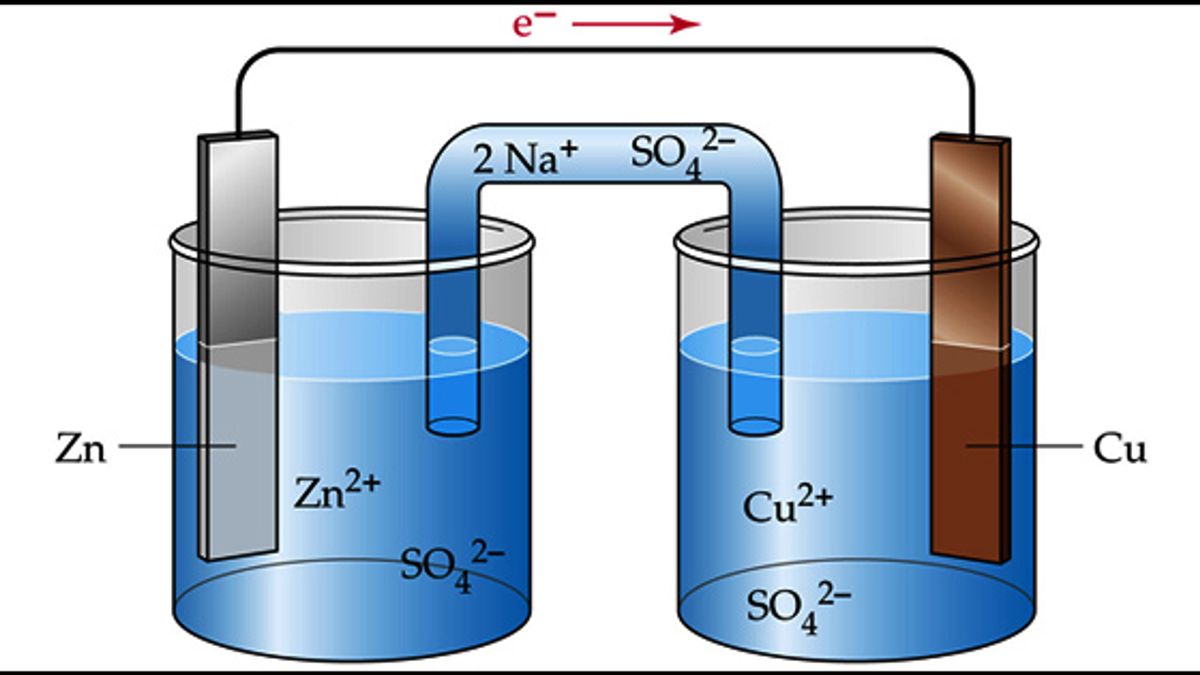Scientists from the Institute of Physical Chemistry of the Polish Academy of Sciences (IPC PAS) have made significant progress in understanding and overcoming the detection limit in electrochemistry. This limit, determined by the minimum number of electrons that can be observed in an electrochemical system, poses a challenge for diagnostic devices and the detection of single molecules and ultra-fast processes at the molecular level.
Electrochemistry, which studies the relationship between chemical changes and electrical charges, has practical applications in various fields, including corrosion detection, energy storage, and chemical analysis. However, despite advancements in electrochemical techniques, detecting single molecules and redox processes at the molecular level remains a challenge.
The IPC PAS researchers have proposed an alternative solution to overcome this detection limit by converting electrochemical charges into photons, which can be detected even in the presence of just one photon. In an article published in Analytical Chemistry, the researchers demonstrated increased sensitivity in the detection of charge-transfer processes using a closed bipolar electrochemical setup.
The researchers utilized a luminescent molecule to measure charges close to the electrochemical limit of quantification. By measuring the fluorescence induced in the setup, they established a linear relationship between the charge passed and the fluorescence signal. This approach allows for the quantitative conversion of sub-detection limit electrochemical signals into more sensitive photon signals.
Dr. Steven Linfield, one of the researchers involved in the study, explained that this advancement in remote optical reporting would improve the sensitivity of single-entity electrochemistry and sensing applications. It would enable the detection of smaller nanoparticles and lower concentrations of analytes.
The researchers used microelectrodes in their experiments due to their low capacitance and rapid diffusion field establishment. This allowed them to approach the electrochemical limits of quantification without facing significant capacitive current. The closed bipolar electrochemical cell design facilitated the induction of fluorescence through microelectrodes, providing an alternative system for remote reporting.
Dr. Wojciech Nogala, the principal investigator of the project, highlighted the importance of understanding the processes occurring in the reporting cell and the influence of the closed bipolar cell design on the reporting process. This alternative system not only enables the direct thermodynamic control of electrochemical processes but also allows observation of the fluorogenic reaction induced by reduction or oxidation processes.
The results of these studies have promising applications in various fields. Clinically relevant biomolecules can be sensed at lower concentrations, potentially leading to earlier diagnosis and treatment of diseases. Furthermore, the higher sensitivity in detecting specific chemicals in food and the environment can enhance analytical capabilities. These advancements pave the way for the development of novel sensors in numerous aspects of life.
Overall, the IPC PAS research sheds light on the detection limit in electrochemistry and offers a solution to overcome this limitation. By harnessing the power of photon detection, scientists can now detect signals given by molecules that were previously undetectable using classical electrochemical setups. This breakthrough has the potential to revolutionize the field and drive advancements in molecular detection and sensing applications.
*Note:
1. Source: Coherent Market Insights, Public sources, Desk research
2. We have leveraged AI tools to mine information and compile it




